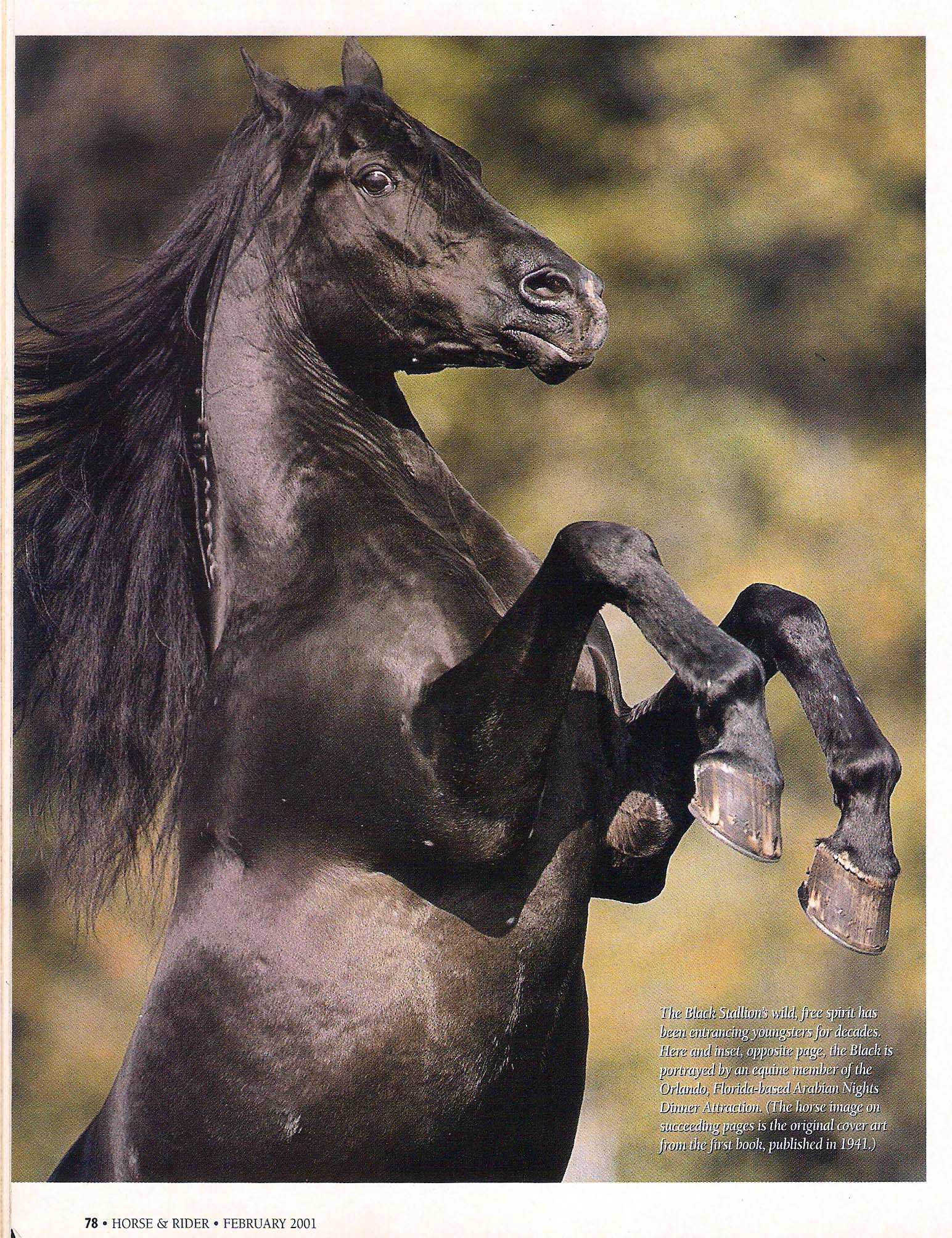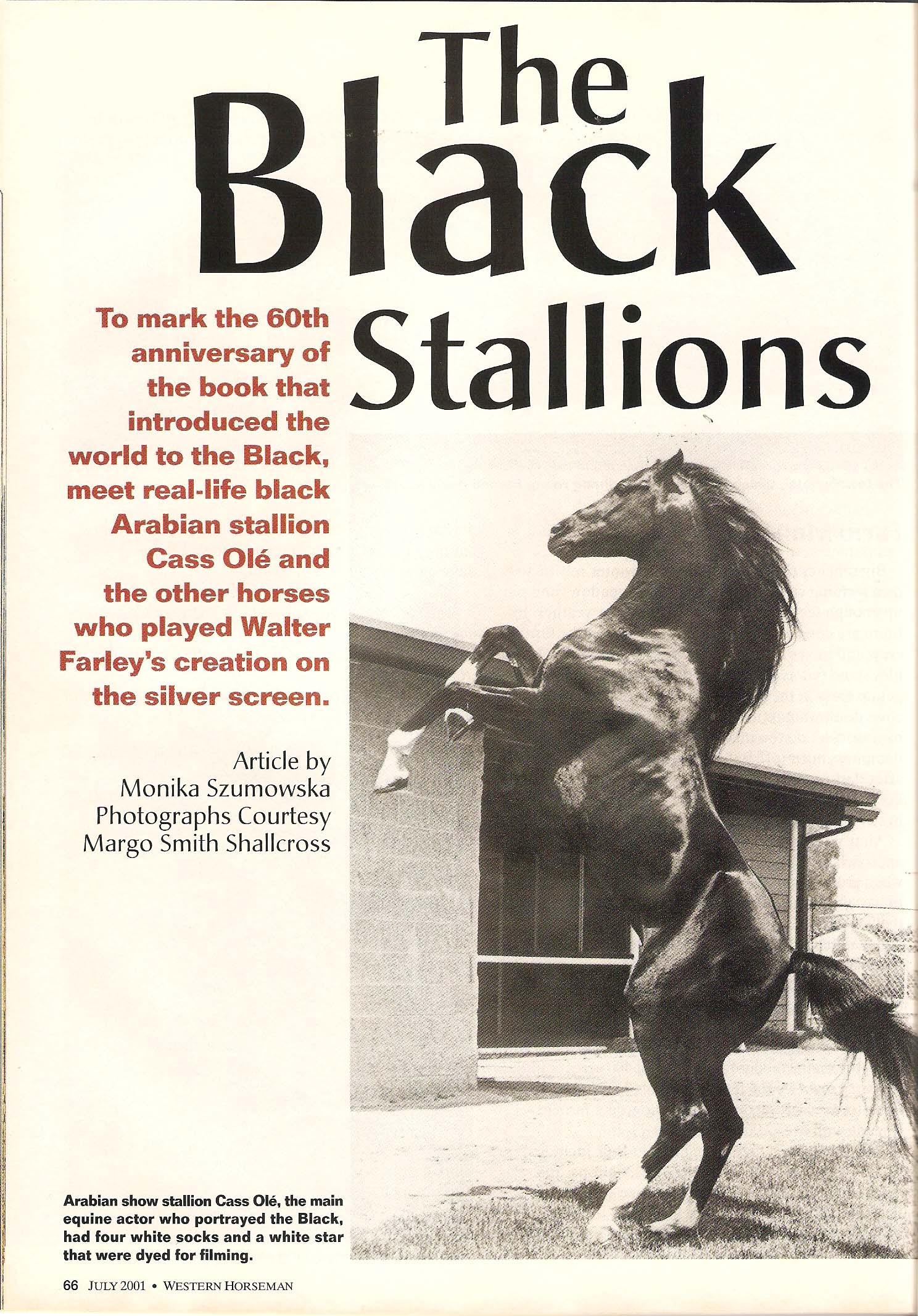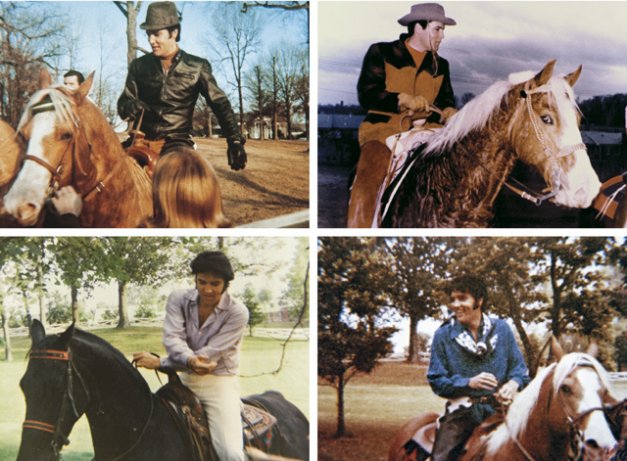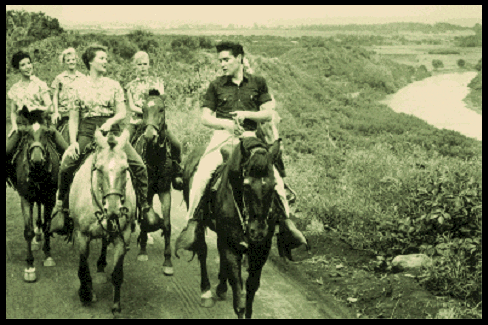Reading Eagle photo: Bill Uhrich
Thanks to;
Ron Devlin — The Reading Eagle
They met at a party in New York City to celebrate the first anniversary of Yank, the Army magazine, in the early 1940s.
He was in the Army, assigned to write and edit at Yank. She was an up-and-coming John Robert Powers Agency fashion model who appeared in Vogue and Harper’s Bazaar.
Somewhat prophetically, Walter Farley and Rosemary Lutz spent their first date horseback riding in Central Park.
Walter, who had already written “The Black Stallion,” would go on to write 20 sequels about a boy and his majestic Arabian horse. Many of them were written at an Earl Township farm the Farleys bought after marrying in May 1945, as World War II ended in Europe.
Rosemary, 90, spends summers in Earl Township, where her husband died in 1989. In winter, she lives in Venice, Fla.
She comes to the Kitchen Table, on the eve of the 70th anniversary of “The Black Stallion,” to revisit the heady post-World War II era in New York and chat about the solitude her husband found on a secluded farm in Berks County.
What was New York like in 1945?
RF: It was a wonderful, marvelous time. We walked all over the city the night it was announced that the war had ended in Europe. People were celebrating everywhere. There was a feeling that everything was going to be great. It didn’t turn out that way, though. In a few short years, we had the McCarthy era.
Was Walter blacklisted?
RF: No. But we knew friends and writers who were blacklisted. It was a very sad time.
I understand Lauren Bacall was one of the models you knew in New York?
RF: Yes. We weren’t close friends, but she lived nearby and we were both modeling in the early 1940s. Her name wasn’t Lauren Bacall until director Howard Hawks cast her with Humphrey Bogart in “To Have and Have Not” in 1944. That’s what made her a star.
How did you get the farm in Earl Township?
RF: We were living in Greenwich Village and traveling a lot. We bought the farm as a place to keep books and things while we were away. Walter used to say when he looked out every window in the house he wanted to see a horse. That wasn’t the case, but we had thoroughbreds and horses for harness racing. Turns out, we were here when our first child, Pam, was born in 1949. We didn’t have a phone here, and we had to use a neighbor’s to call the doctor.
Walter wrote “Black Stallion” books in an outbuilding?
RF: Yes. Walter needed a place of his own to write. It was quiet here. This has always been a place of refuge.
Did did you ever edit Walter’s writing?
RF: Yes. I’d read his manuscripts over and we’d discuss the material he’d written. Sometimes, I’d suggest changes.
What has been the lasting impact of Walter’s books?
RF: So many people say their lives were affected by “The Black Stallion” books. At first, I wondered how could that be. But after hearing it so many times, I believe it. We still get fan mail.
At the Kitchen Table, reporter Ron Devlin chats with Berks Countians whose experiences and accomplishments reflect the region’s character and culture. He can be contacted at 610-371-5030 or rdevlin@readingeagle.com





